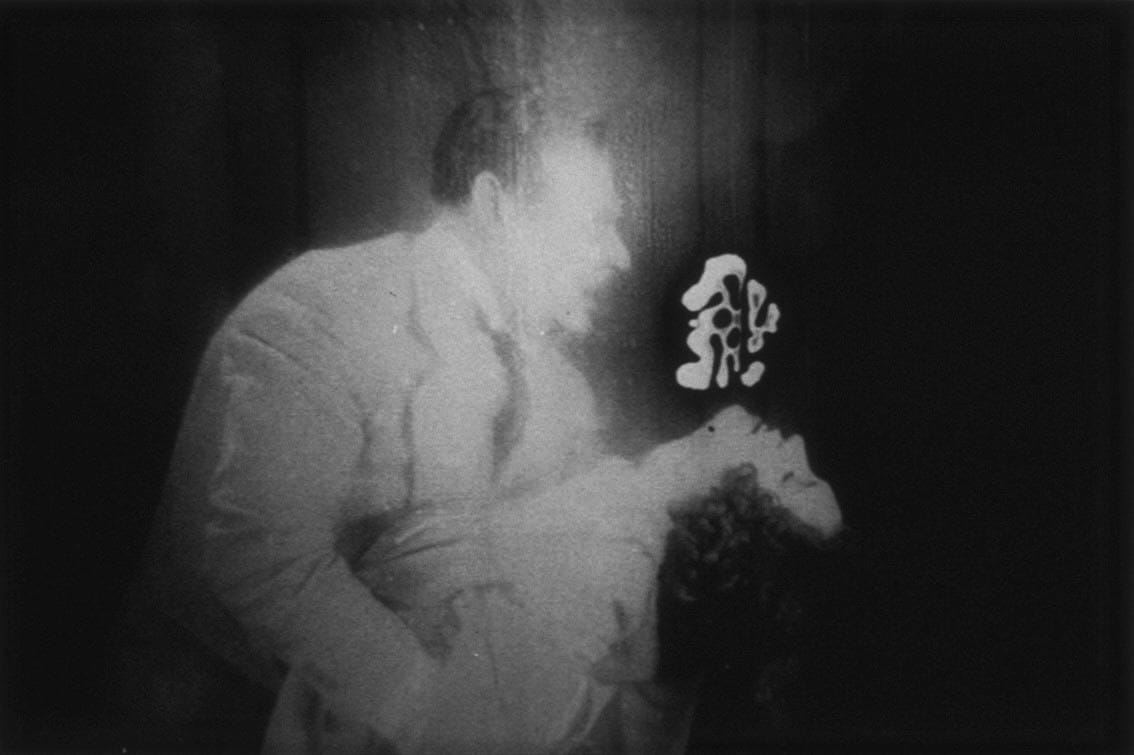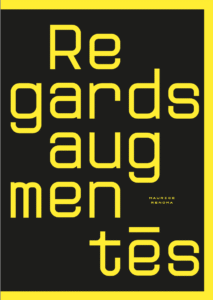
The Mark of Time
Cinema was born in 1895. In 2015, the original device has disappeared – such is the world, techniques vanish and others emerge: “There is no doubt that death is the youth of the world.”* I initiated my cinematic research at a transitional moment, in 1990, and started to present it in 1992. In 1993 in Washington (USA), I started a series of photographs figuring photograms of films corroded by the passing of time and storage condition, which was exhibited in New York two years later at MoMA. Since then, I have been watching films in Western film libraries and private collections, harvesting “decomposed” images affected by the passing of time. Without retouching them, I select the improbable and rare ones, those on which the marks of time enter in dialogue with the image to the point where it becomes difficult to distinguish between the actual image and its destruction process. Jean Cocteau claimed that cinema filmed “death at work”. It seemed interesting to identify death at work at the core of the medium, within the material and invisible layer allowing us access to the film: the reel. So I ventured through cinema, with great patience – it takes fifteen days, eight hours a day, to watch a feature film frame-by-frame –, reflecting upon the instability of film archives, their support, the conditions of their appearance and disappearance (I was far from imagining that the proper reel could vanish!). I fancy the idea that figures and locations filmed a century ago resurface differently at other times and that I was able to capture this hazardous encounter with the ills affecting the medium. Furthemore, the fact that these images exhale beauty, strangeness and intensity is a nice complement: grace befalls anywhere.
Eric Rondepierre
* In Georges Bataille, L’Histoire de l’érotisme, Œuvres Complètes, Tome VIII, Paris, Gallimard, 1976.
Limited edition of 250 copies with an 15,3 x 18,5 cm C Print signed by the author. Hard cover, size 210mm x 280mm, on printing!

